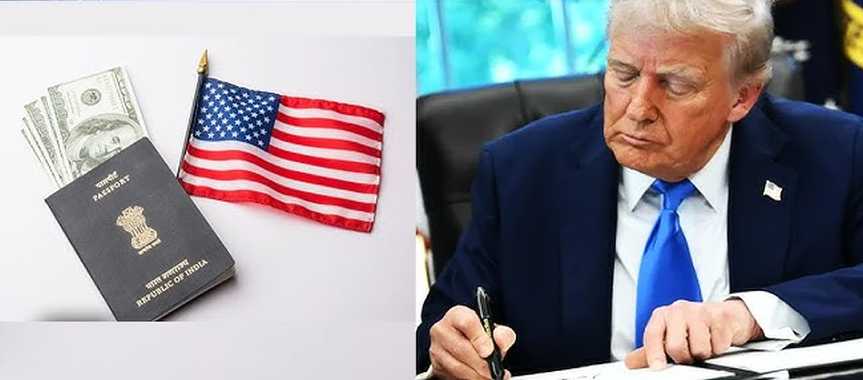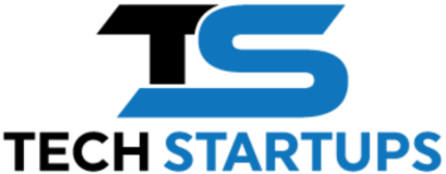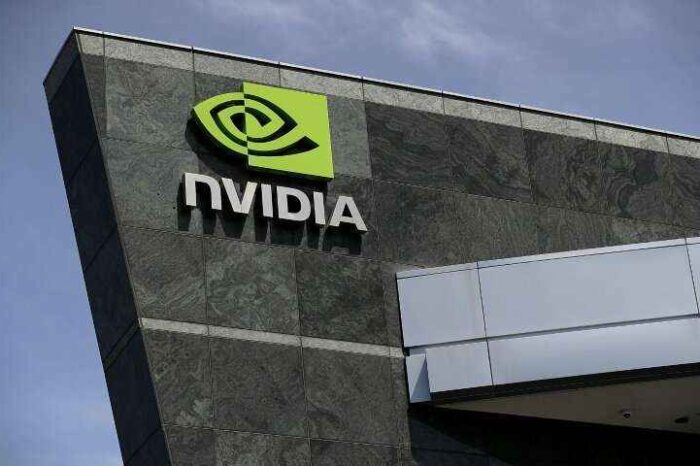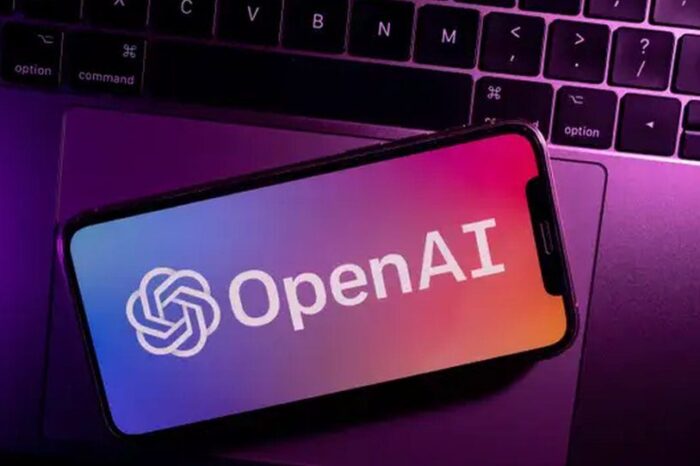No, you do not have to return to the US by midnight if you are currently outside with an H-1B visa

Confusion erupted across the H-1B visa community this weekend after President Trump abruptly announced a sweeping overhaul of the high-skill visa (H1B) program. At the center of it: a new $100,000 annual fee that immediately set off alarms among immigration lawyers, multinational companies, and visa holders scattered across the globe.
Within hours of the announcement, warnings spread like wildfire. Some lawyers urged clients abroad to re-enter the U.S. before midnight on September 21, when the proclamation takes effect. Companies like Microsoft, JPMorgan, and Amazon advised employees with H-1B visas to avoid international travel. On social media, speculation mounted that workers already overseas could be locked out entirely.
But according to a U.S. official who spoke with Politico, the panic is misplaced.
Fact Check: H-1B Visa Holders Outside the US Do Not Need to Return by Midnight
The text of the president’s order directs Homeland Security to “restrict decisions on petitions” that don’t include the new $100,000 fee for H-1B workers currently outside the United States.” Taken literally, that language suggested the new rules applied to anyone holding the visa but physically abroad — sparking fears of a midnight deadline.
“President Donald Trump’s new $100,000 fee for high-skill visa holders only applies to new applicants — not current visa holders who may be on travel outside of the U.S.,” Politico reported, citing a U.S. official granted anonymity to speak about the policy.
The U.S. official told Politico that the current H-1B visa holders “do not need to be rushing back before Sunday.”
The administration now insists that’s not the case. The U.S. official clarified that the fee applies only to new applicants, not to current visa holders who may be traveling. “Current H-1B visa holders do not need to be rushing back before Sunday,” the official said.
Still, the lack of formal written guidance left employers and immigration lawyers unsettled. The text of the proclamation makes no mention of this distinction, leaving open questions about how border officials will enforce it. In a post on X, Aaron Reichlin-Melnick, a senior fellow at the American Immigration Council, cautioned:
“It’s quite possible that DHS may release guidance saying that it does not apply to everyone, despite what it says. But right now there is nothing official from the U.S. government saying so. They need to get it out TODAY if they want to ‘tamp down panic.’”
Why the H-1B Panic Took Hold
The speed and ambiguity of the rollout evoked memories of the 2017 travel ban, when airports around the world descended into chaos as U.S. border agents scrambled to interpret vague executive orders. Once again, lawyers and clients were left piecing together policy in real time, with little clarity from Washington.
“Clients should act now: H-1B workers abroad must return to the U.S. before 12:01 am on Sept. 21, when new $100,000 fee rules take effect,” immigration lawyer Allen Orr Jr. warned before the clarification emerged. He urged workers to “avoid international travel until clarified.”
The rush of warnings created a ripple effect inside companies that rely heavily on H-1B visas. Tech giants quickly advised employees to stay put, bracing for disruption if the order were enforced as written.
Industry and political reaction
The new fee marks one of the sharpest escalations in the administration’s efforts to tighten the H-1B program, long a flashpoint between Trump’s MAGA allies and the tech industry. In announcing the overhaul, Trump said the measure was aimed at ending what he described as corporate abuse of the system.
“The whole idea is no more with these big tech companies or other big companies training foreign workers,” Commerce Secretary Howard Lutnick said at the White House, standing beside the president. “They have to pay the government $100,000, and then they have to pay the employee. If you’re going to train somebody, you’re going to train one of the recent graduates from one of the great universities across our land. Train Americans, stop bringing in people that take our jobs.”
But the move drew swift criticism. Sen. Mark Warner warned the fee would undercut America’s ability to attract world-class talent and weaken U.S. universities and companies that depend on skilled foreign workers. “Because of the anti-immigrant flavor of a lot of the president’s policies, we are not getting the same caliber of folks coming to our graduate programs, universities, and frankly even in trying to come and work in America,” Warner told Bloomberg.
India, the single largest source of H-1B visa holders, also voiced concern. A spokesperson for its Ministry of External Affairs said the measure could disrupt families and harm bilateral industry ties, adding that India “hopes these disruptions can be addressed suitably by the U.S. authorities.”
Meanwhile, Sen. Chuck Grassley, a longtime critic of the H-1B program, praised the announcement, even while acknowledging it would inflame business groups and the tech sector.
Implementation challenges ahead
Beyond the political battle, basic logistics remain unresolved. The White House has yet to explain how agencies will collect and process the new $100,000 fee. State Department officials were told to “adjudicate as normal” for now, suggesting implementation details are still being sorted out.
A DHS spokesperson did not respond to questions, while the State Department said only that it was “working closely with the White House and interagency partners to implement” the order.
Legal challenges are already expected. Immigration lawyers say the vagueness of the proclamation leaves it vulnerable in court, particularly given the reliance on Section 212(f) of the Immigration and Nationality Act — the same authority used to justify the 2017 travel ban.
The Bottom Line
For all the panic and uncertainty, the administration’s position is that current H-1B holders abroad do not need to race back to the U.S. before midnight on September 21. The $100,000 fee will apply only to new applicants going forward.
Still, without formal guidance, the unease is unlikely to vanish overnight. And as lawsuits gear up and agencies scramble to implement the order, the fight over America’s most controversial work visa is just getting started.




